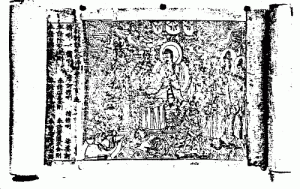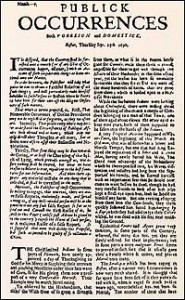6 May 1912, New York City: Women publicly marched the streets in the Suffrage Parade as a bold move to further the women’s rights movement and gain momentum for their cause. These parades were only a small part of the fight for women’s suffrage which took decades to win.
Started in 1848 by Susan B. Anthony and Elizabeth Cady Stanton, the fight took many forms. Some of the most dramatic and most publicized were these suffrage parades. One of the most notorious was the 1913 parade in Washington, D.C.
The parade made national headlines, and word of the suffrage movement spread. Photos accompanied the headlines, and were even used for postcards (something like social media in the early 2oth century).
The media, during this decades long struggle, played a critical role in helping women to gain the right to vote by simply covering the events that were unfolding. In the end, it didn’t matter if the coverage was negative or positive, but it spread the message of women’s suffrage culminated in the 19th Amendment being passed in 1920.
Today, we see a similar struggle being waged in many parts of the world. Media in all forms is being used to raise awareness of these issues. From YouTube
to blogs in the New York Times website, headlines in the Washington Post and social media such as Facebook.
The impact that media is having on the issue of women’s rights, and has had for over more than a century is enormous. It will only continue to grow as new forms of media and communication are developed and opened up to the public.










